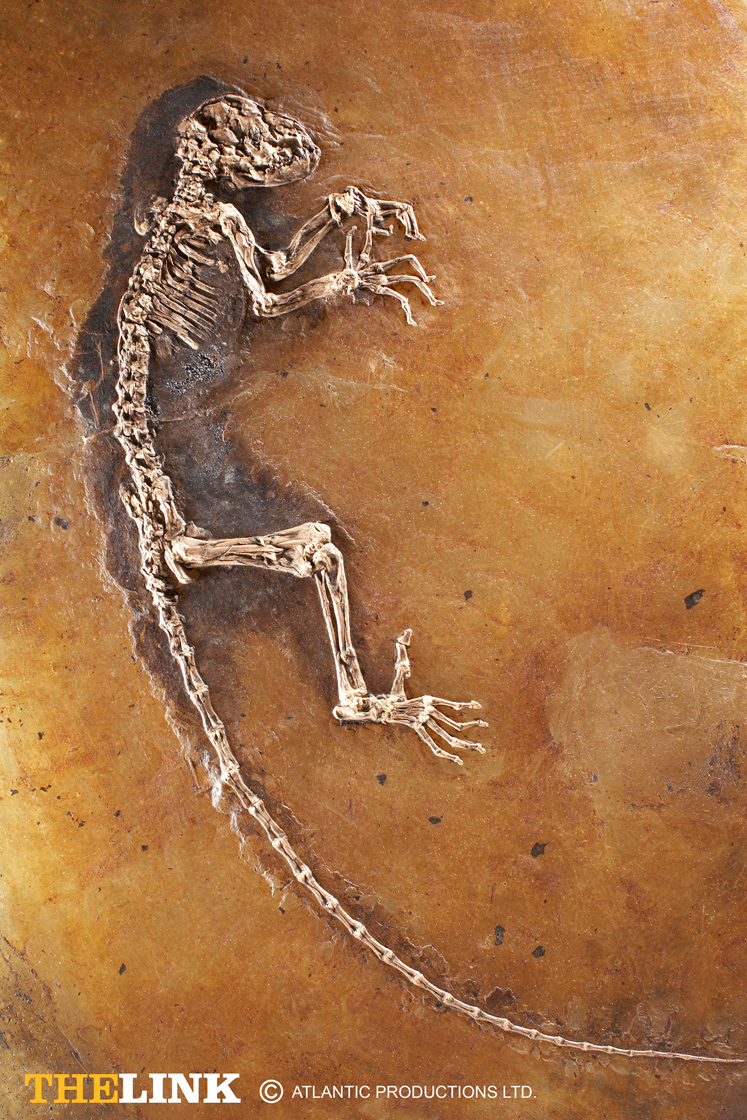Artists have a tendency to have their attention caught by one "thing" for long periods of time. Whether that "thing" is a technique, a medium, a style, or a theme doesn't really matter. It is the almost obsessive exploration of the "thing" that makes their work so interesting.
An example would be Constantin Brancusi's Bird In Space series, where he worked and re-worked his concept through less and less detail and more and more into pure form--the goal being not to divorce form from content, but to express content with the purest and most minimal form.

Bird In Space 1923 marble
Another such artist, working through his own obsessions is Simon Schubert, a German artist with a show currently at the Upstairs Berlin Gallery. Besides his sculptures and installations, Schubert is working with folded paper, creating works of quite impressive depth and impact with nothing more than paper and folds.


Larger versions are viewable on his website.
Essentially working with nothing more than shadow and light, Schubert creates texture and image in the simplest of fashions, and recreates traditional painterly techniques in nothing more than changes in the reflectivity of his medium.
An example would be Constantin Brancusi's Bird In Space series, where he worked and re-worked his concept through less and less detail and more and more into pure form--the goal being not to divorce form from content, but to express content with the purest and most minimal form.

Bird In Space 1923 marble
Another such artist, working through his own obsessions is Simon Schubert, a German artist with a show currently at the Upstairs Berlin Gallery. Besides his sculptures and installations, Schubert is working with folded paper, creating works of quite impressive depth and impact with nothing more than paper and folds.


Larger versions are viewable on his website.
Essentially working with nothing more than shadow and light, Schubert creates texture and image in the simplest of fashions, and recreates traditional painterly techniques in nothing more than changes in the reflectivity of his medium.
Powered by ScribeFire.



